For dip remember that the dip is the angle down from horizontal
advertisement
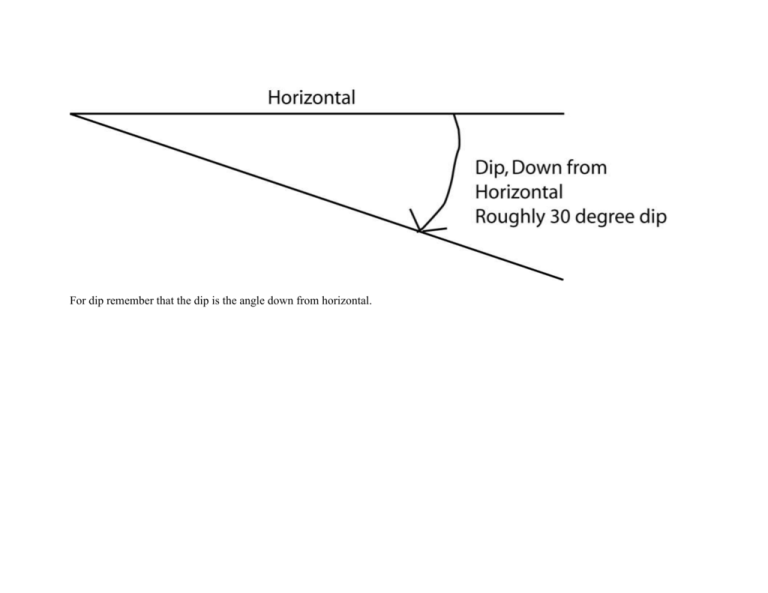
For dip remember that the dip is the angle down from horizontal. Okay, The difference between quadrant and azimuth is reflected in squares A and B. The quadrant system goes from 0 degrees at north to east being 90 degrees and variations in between. Similarly west is also 90 degrees. So with the quadrant system it is typical to reflect measurements as North 20 West, written N 20 W, or conversely north 20 East which is written N20E. So in the quadrant system we reflect in terms of the northwest or northeast quadrant. In the azimuth system the measurements range from 0 at north to 90 degrees in the east, 180 degrees in the south, 270 degrees in the west, and 360 degrees at north again. So in the azimuth system we count clockwise in degrees to a complete circle of 360 degrees. Now when we talk dip dip direction, all we are concerned about is the little tale in the strike and dip symbol, the little tale in square c near the 36. What we are saying is that the dip 36 is 36 degrees from the horizontal, this is the actual dip of the plane. The orientation of the little tick is reflected in its position. So For square E the little tick is 130 degrees from north (where the dashed line is). So since it is 130 degrees from north and dips 36 degrees from horizontal we say 36/130 dip, dip direction. This is actually expressed on a map similar to square C. Since the strike and dip are perpendicular (90 degrees difference) we can figure out the strike (130 plus or minus 90) So in quadrant form shown in square D the Strike is either North 40 E (N40E) or south 40 west (S40W) since for convention we typically try to state things in terms of north we would write N40E 36SE for quadrant, and 040 36 SE for azimuth. For the next question 15/055 we can see in squares F and G that the dip direction is 55 degrees from north and then dips 15 degrees to the northeast. --Josh Coyan, September 2004
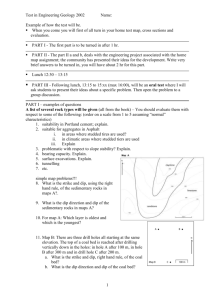

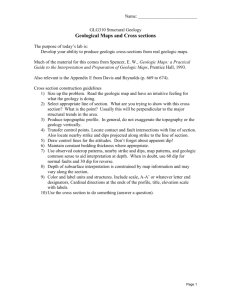


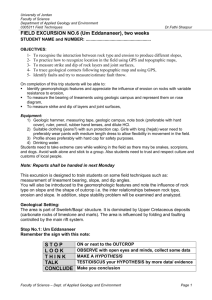

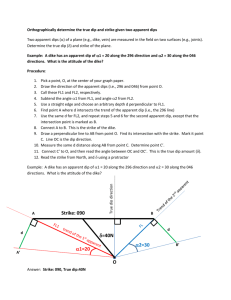
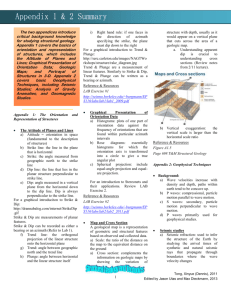

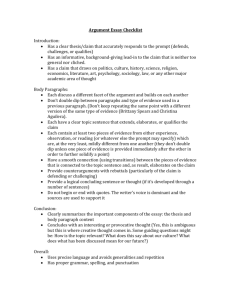
![[#FWDIP-74] PVSS invalid Bits (including range) are not all reflected](http://s3.studylib.net/store/data/007282728_1-8b675e5d894a5a262868061bfab38865-300x300.png)